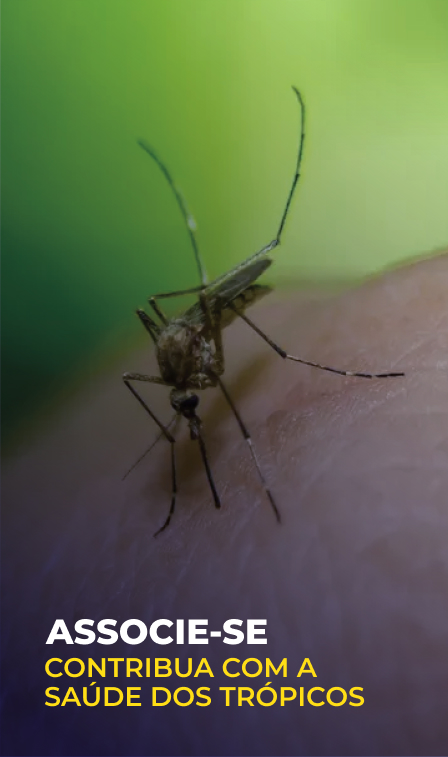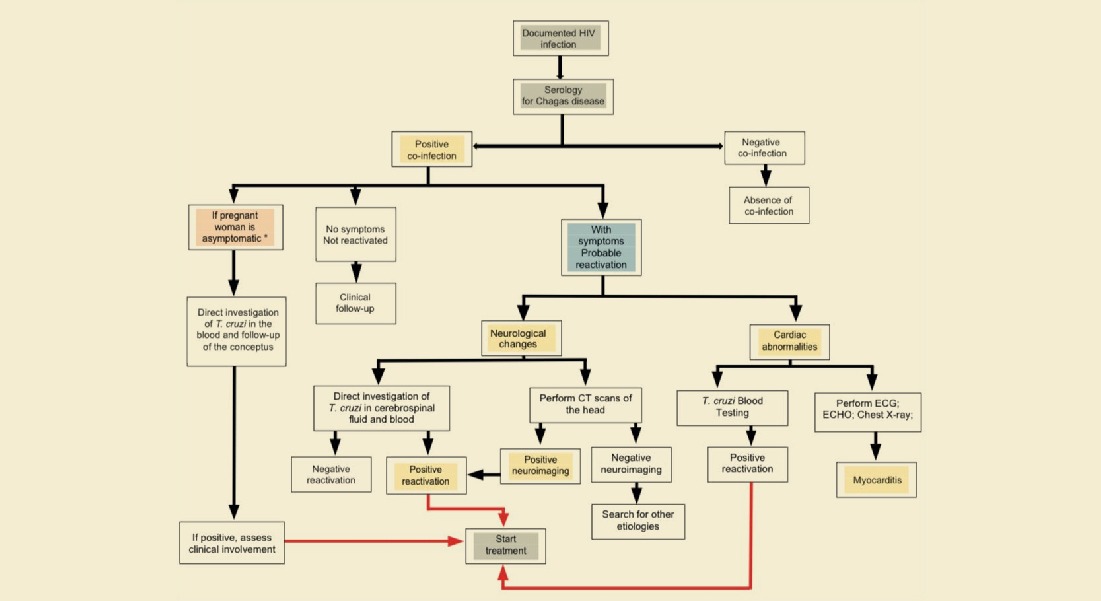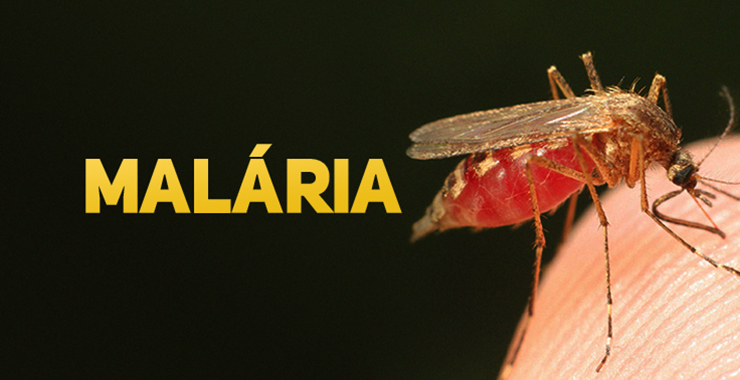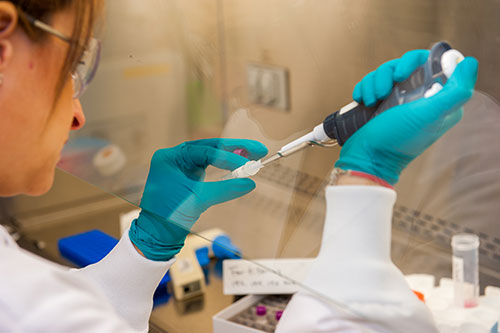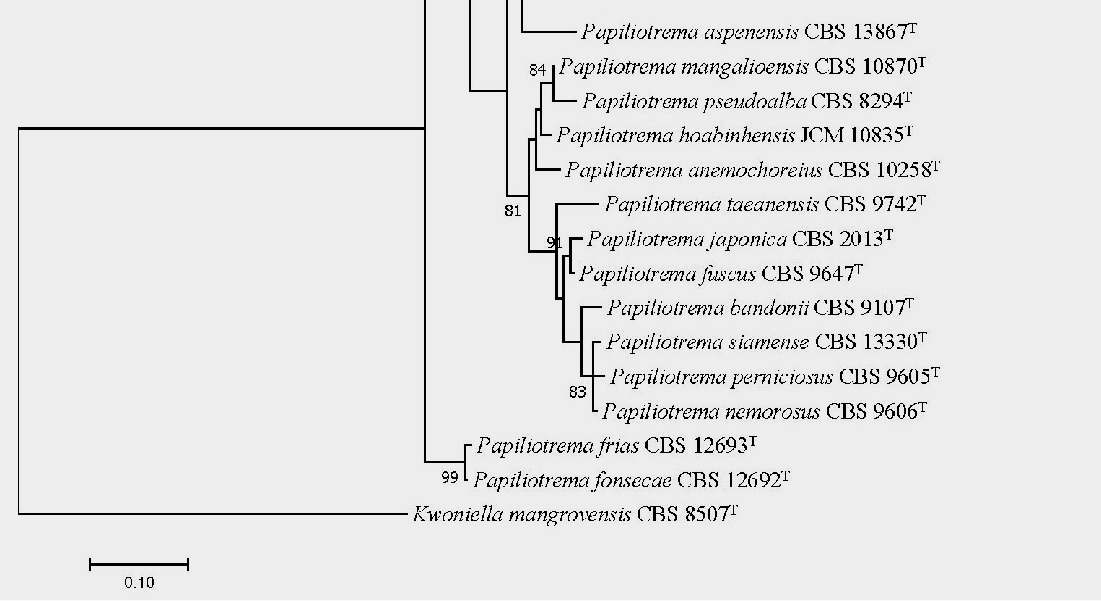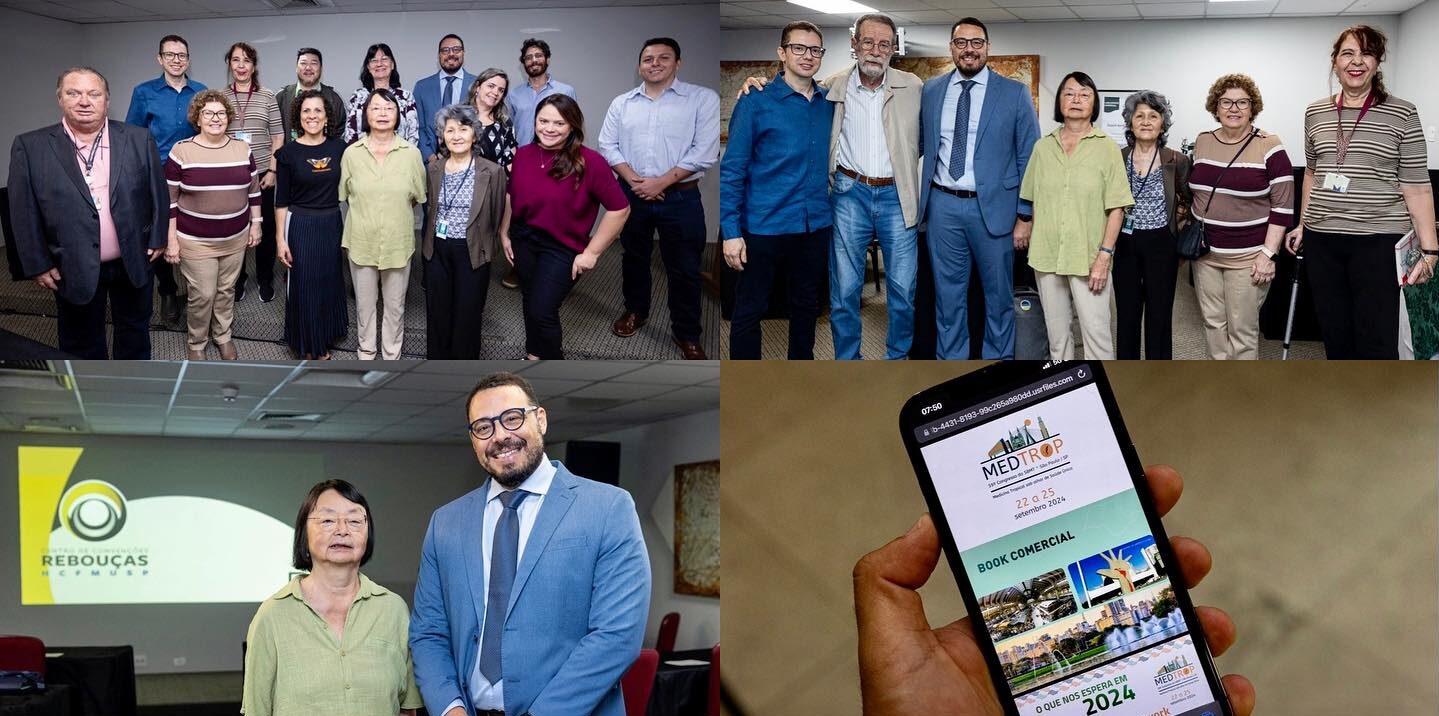
Marburg: attention should focus on surveillance and epidemiological monitoring, says SBMT president
The risk of spreading the virus is considered high nationally, moderate regionally and low globally, according to a WHO report
09/03/2023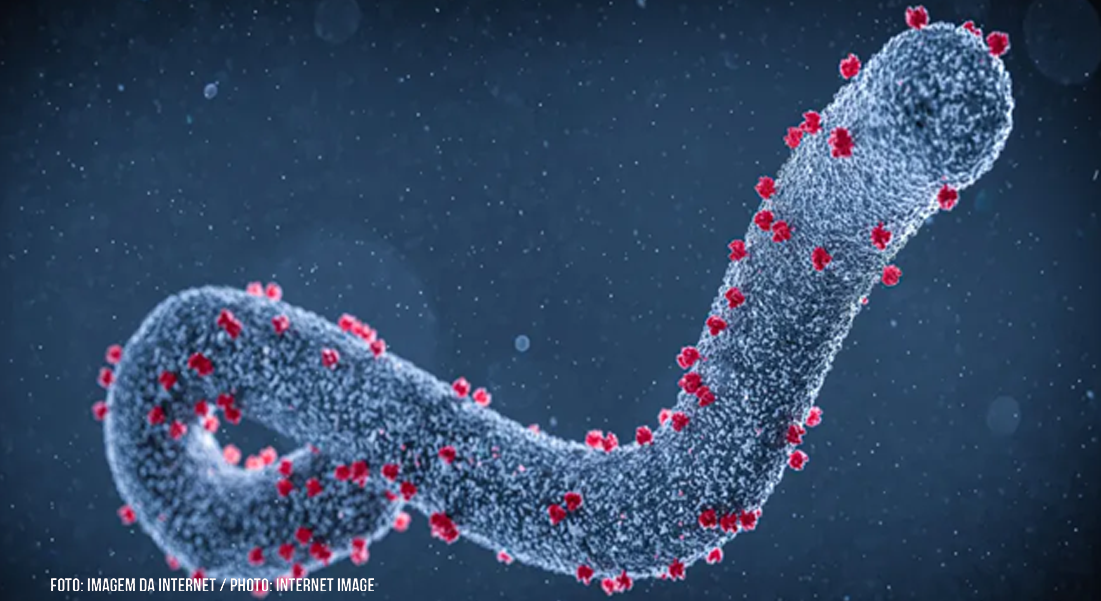
The agency said in a statement that as of February 21 the cumulative number of cases of the disease in the country is 9 and all have died
The World Health Organization (WHO) said in a statement released on February 25 that the risk of transmission of Marburg, a virus of the filovirus family, the same as Ebola, is classified as low to the global level and moderate on the African continent. At the national level, however, it is high. According to the international agency, until February 21 the cumulative number of cases of the disease in the country is nine and all have died. Thirty-four contacts are currently under follow-up, although most of the contacts of the deceased cases have not been identified. Investigations are ongoing to monitor any new records. The outbreak was confirmed by Equatorial Guinea’s health authorities on February 13. This is the first time the country has reported the Marburg. On the same day, Cameroon’s government also detected two suspected cases in a region bordering Equatorial Guinea. Transmitted by bats, their natural hosts, the spread between humans occurs through direct contact with body fluids contaminated by the virus, such as saliva, secretions and blood.
The president of the Brazilian Society of Tropical Medicine (SBMT), Dr. Julio Croda, explains that Marburg is an important disease and requires active surveillance. “It is an extremely severe hemorrhagic fever, which we must be aware of due to the high mortality rates, which in the different outbreaks that occurred ranged between 24% and 88%. As it is quite similar to Ebola, one of the most lethal viruses in the world, this disease requires attention.” Also according to Dr. Croda, another important aspect is to avoid spreading to other countries. “Although it is not a respiratory transmission virus, there is an important risk of it spreading and it should be considered given the great human mobility. Surveillance is essential so that there is a rapid identification of all cases, all contacts and, if necessary, adequate isolation to contain the outbreak,” he adds.
Since this is a virus that causes a disease for which there are no vaccines or treatments, the president of SBMT reinforces the importance of maintaining active surveillance for hemorrhagic fever throughout Brazil, especially among people from Central Africa, Equatorial Guinea, and those who may have been in contact with symptomatic individuals, so that the investigation, correct diagnosis and adoption of isolation measures can quickly begin, in order to restrict the spread of the virus. “The various outbreaks that occurred in Central Africa had an important containment precisely because of the low transmissibility of the virus, thus, it was possible to identify cases of contacts, isolate and interrupt the transmission chain in a timely manner. Throughout the years, Africa has shown us that it is possible to contain an outbreak through active surveillance,” says Dr. Croda. The researcher also emphasizes the importance of viral genomic and metagenomic surveillance of new emerging diseases. “In case of suspicion, epidemiological surveillance may refer samples for complete and metagenomic genetic sequencing specific to viruses related to hemorrhagic fever. With the early identification of the pathogen, it is possible to implement the necessary measures,” he points out.
Experimental vaccine has encouraging results
A study entitled “Safety, tolerability, and immunogenicity of the chimpanzee adenovirus type 3-vectored Marburg virus (cAd3-Marburg) vaccine in healthy adults in the USA: a first-in-human, phase 1, open-label, dose-escalation trial”, published in the scientific journal The Lancet in late January, found the efficacy of an experimental vaccine against the Marburg hemorrhagic fever virus (MARV). The safety results of the study were encouraging as they did not present serious adverse events, and the experimental vaccine was well tolerated. It apparently induced strong and long-lasting immunity to the MARV glycoprotein, with 95% percent of study participants showing a robust antibody response after vaccination and 70% percent maintaining that response for more than 48 weeks. The immunizer, called cAd3-Marburg, is produced from a modified chimpanzee adenovirus and was developed at the Vaccine Research Center (VRC) of the National Institute of Allergy and Infectious Diseases (NIAID). The idea is to conduct more trials with the vaccine candidate in Ghana, Kenya, Uganda and the United States. Should the additional data confirm the promising results of the phase 1, trial, cAd3-Marburg could perhaps be used for emergency response to outbreaks as is now happening in Equatorial Guinea.
For Dr. Croda, the results are encouraging. “It is important that we have vaccine options, as well as treatments, to be used in emergency situations, in outbreaks, so that they can reduce the impact of the disease, especially regarding cases of hospitalization and death. We are not talking about a vaccine to be administered to the entire population, but that are part of a strategic input, a tool that every country should have. Development is important, as is the financial investment of several countries so that they can work towards maintaining the strategic stock for use if necessary,” he points out.
Study group in Brazil
Although there is no record of Marburg cases in Brazil, RedeVirus MCTI, a committee of experts established in February 2020 to assist the Ministry of Science, Technology and Innovations in the development of strategies to confront Covid-19, created a working group aimed at conducting diagnostic test research for the Marburg virus. “We have Brazilian virologists who research filoviruses, but unfortunately, they face obstacles, including limited infrastructure, especially when we talk about level 3 safety laboratories. Only in these laboratories is it possible to study the evolution of the virus, carry out research for the development of vaccine and treatment,” laments Dr. Croda.
Clinical characteristics
Although it is different from Ebola virus and even more easily transmitted than it, Marburg develops a nearly identical clinical picture. The incubation period varies between 2 and 21 days and the symptoms, similar to those of other infectious diseases, usually evolve very quickly. High and hemorrhagic fever, headache, extreme fatigue, pharyngitis, persistent diarrhea, muscle and joint pain, chest and/or abdominal pain, cramps, cough, nausea and vomiting are some of the symptoms. As the disease progresses, there may be internal and external bleeding, including in the gums, nose, eyes, and intestines. When the disease becomes more severe, the patient may develop jaundice (yellowish color of the eyes and skin), pancreatitis, marked loss of body weight, delusions, shock, liver failure, severe bleeding and multi-organ dysfunction. The best way to confirm the diagnosis is through tests that identify the virus or antibodies or antigens related to it, circulating in the body.
The Marburg virus is named after the German town where it was first detected in 1967. It arrived at the site through a team of researchers who had been in contact with infected monkeys in Uganda, Africa. To date, outbreaks have been recorded in Germany and Serbia (1967), totaling 29 cases and 7 deaths; in the Democratic Republic of Congo (DRC) (1998 and 2000), 154 cases and 128 deaths; in Angola (2005), 374 cases and 329 deaths; in Uganda (2012), 15 cases and 4 deaths; again in Uganda (2017), 3 cases and 3 deaths. In August 2021 and July 2022, the WHO was also informed about specific cases of infection in Guinea and Ghana, respectively. Over the course of the outbreaks, the fatality rate ranged from 24% to 88%. Some isolated cases have been identified in laboratories in Europe and the United States, but the Marburg virus manifests itself mainly on the African continent. Although there are no recorded cases in Brazil, surveillance remains constant.





